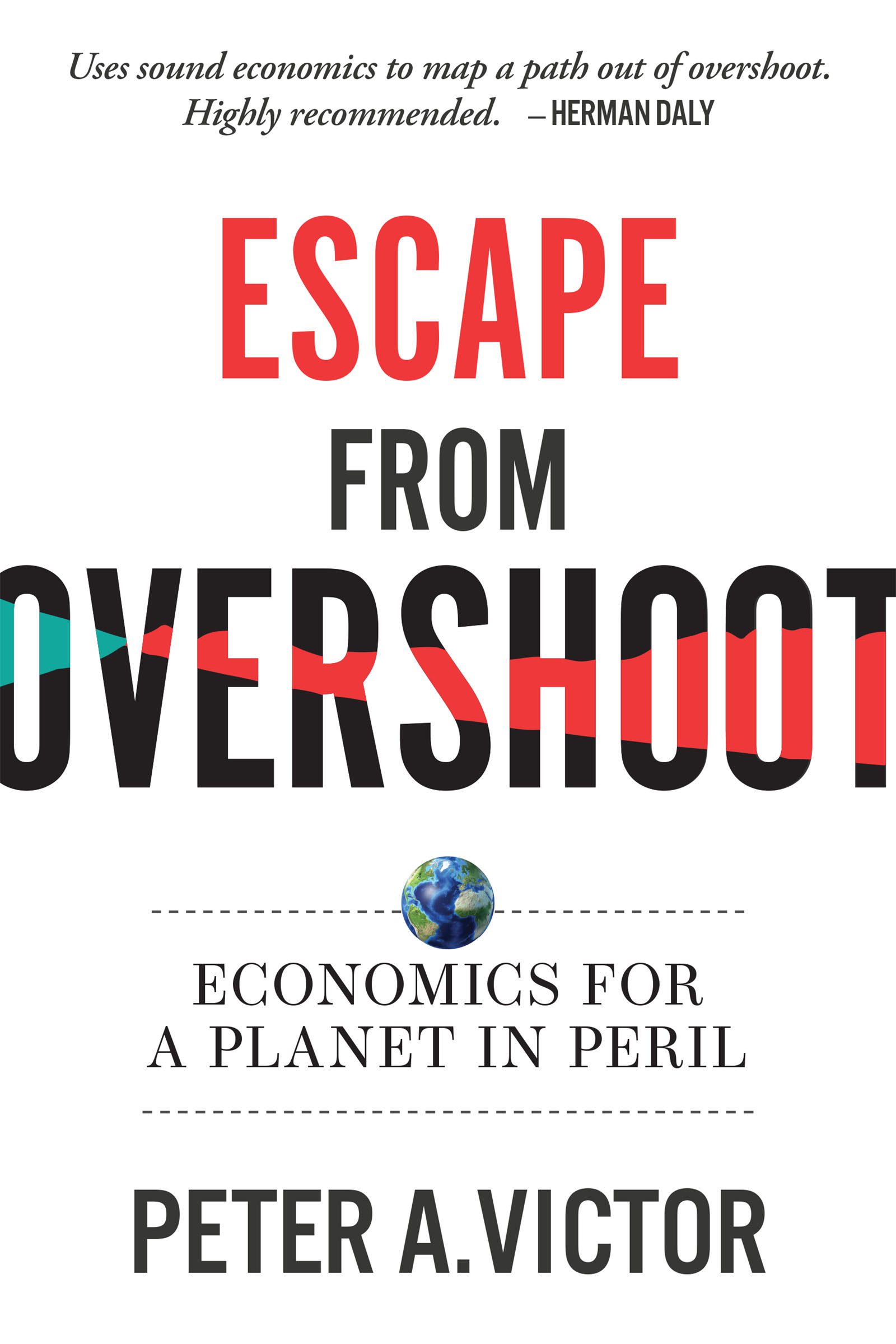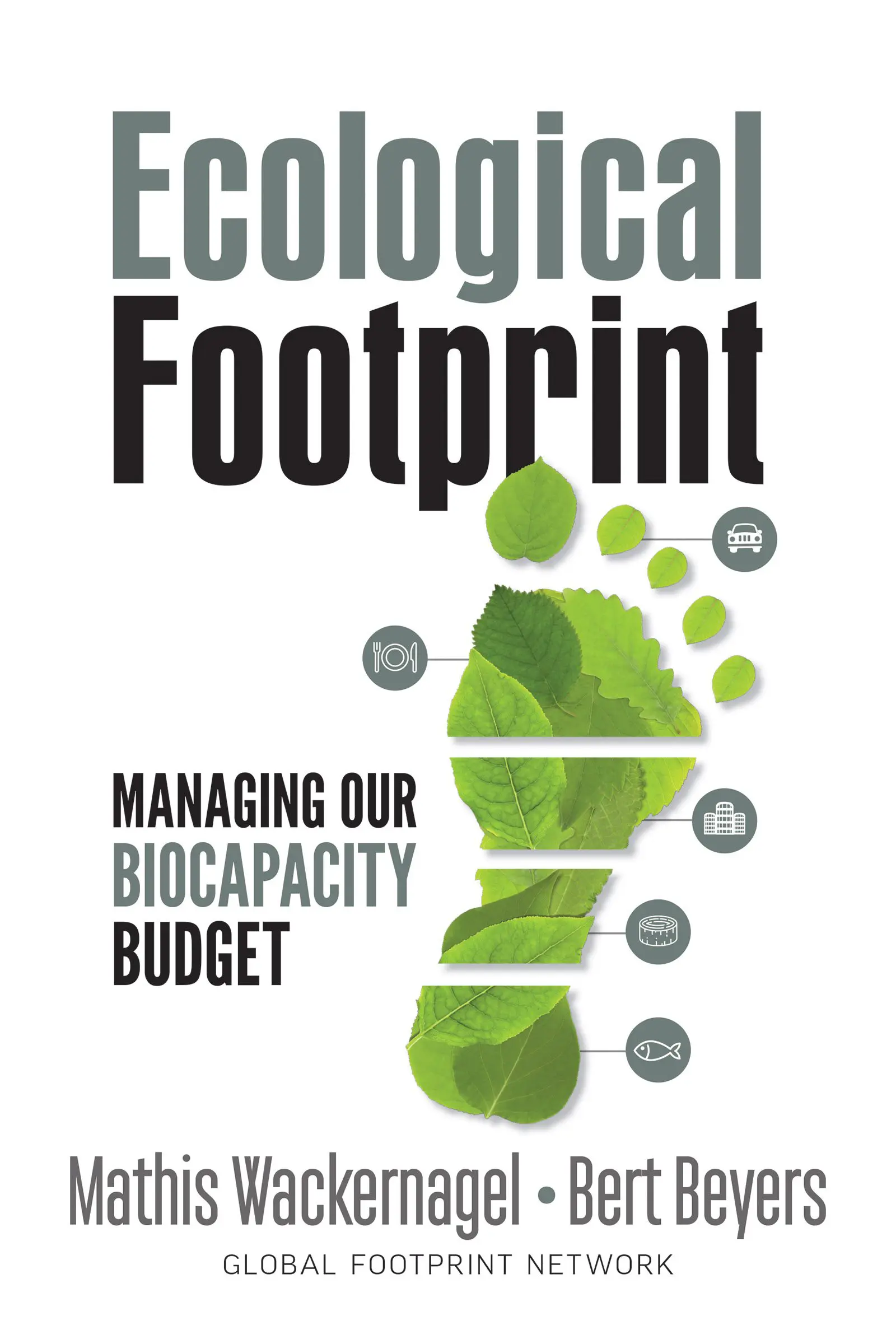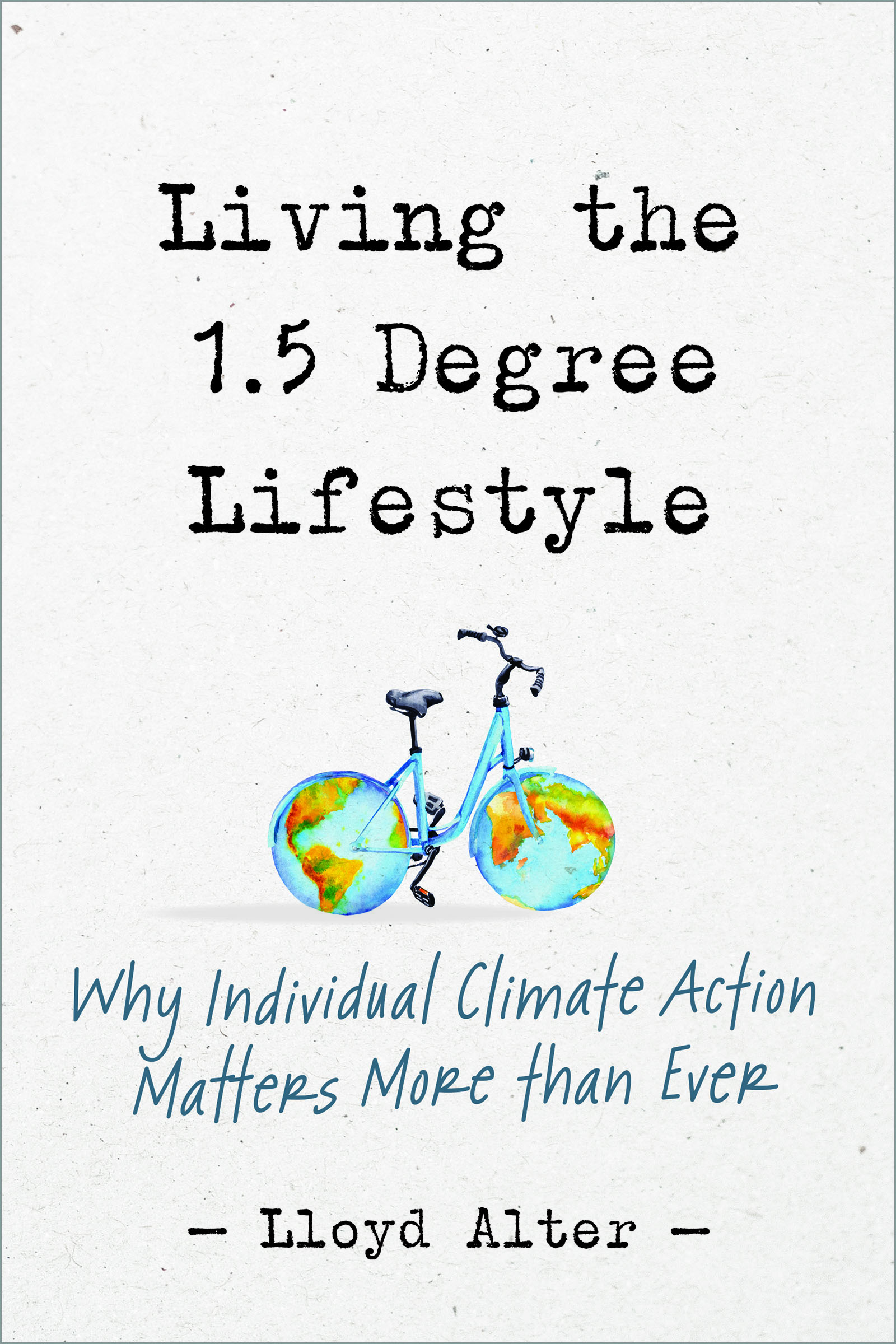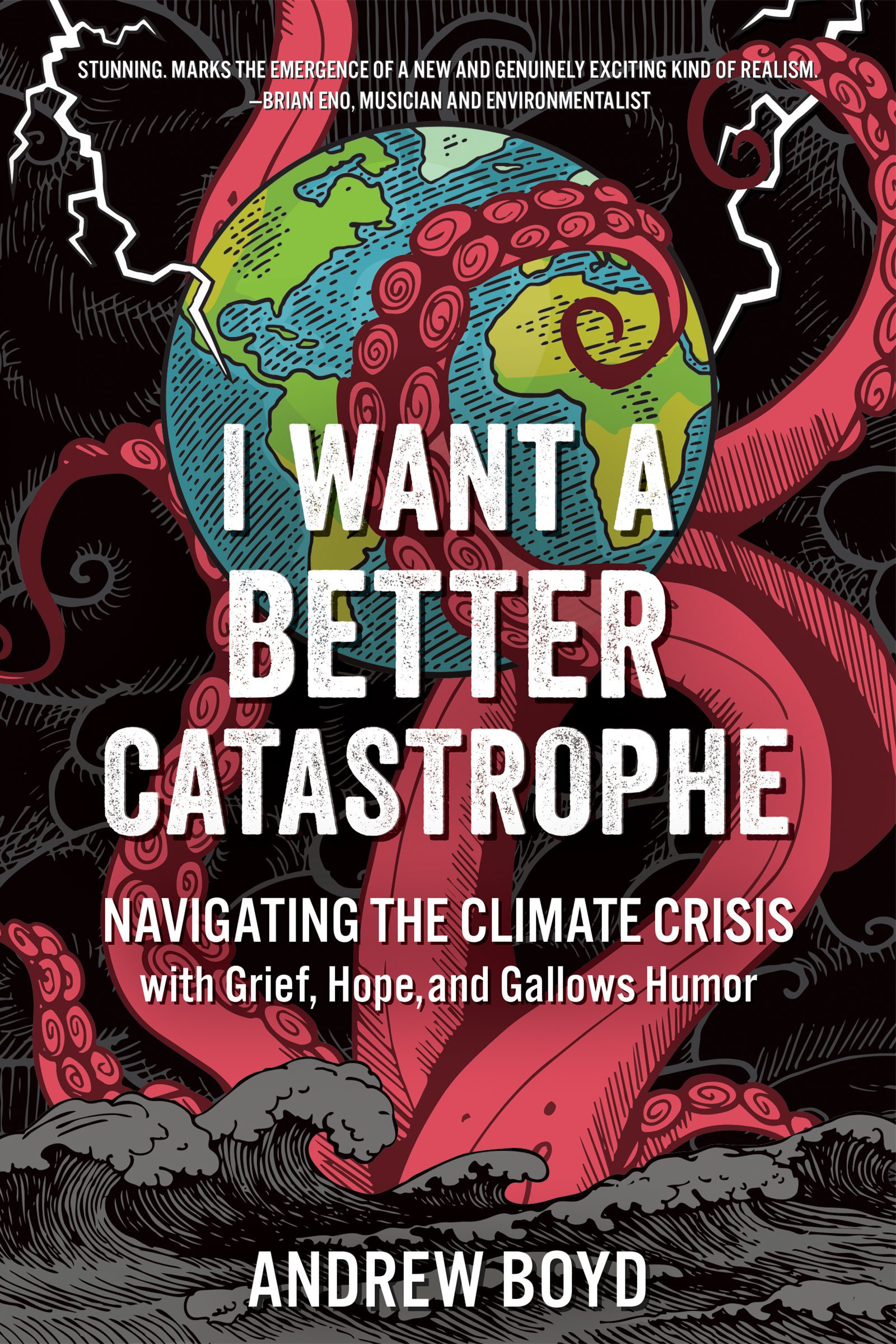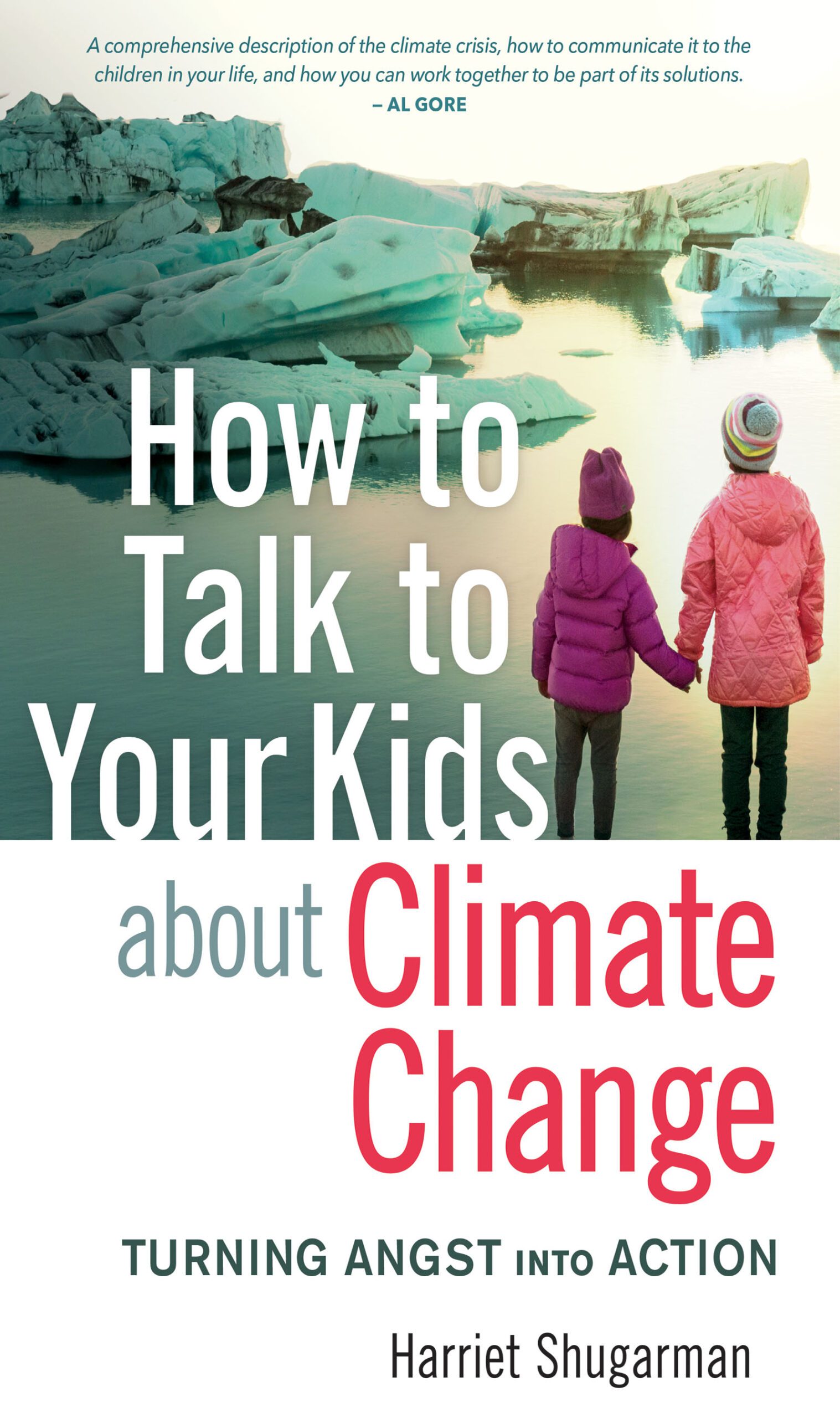
Written by Peter Victor, author of Escape from Overshoot
Any population living beyond the capacity of its environment to sustain it is in overshoot. This includes humans, but with one important difference. People make and use artifacts of all kinds which massively amplify our demands on the environment through resource extraction, processing, manufacturing, distribution, use, and disposal. Hence, the capacity of the environment to sustain us depends on the population of both humans and what we make and use, and how.

There is overwhelming evidence from very credible sources that the impacts of the more than 8 billion humans alive today have surpassed sustainable levels in several crucial respects. In 2022, the global ecological footprint, which measures the human use of the planet’s biological productivity, exceeded the Earth’s biological productivity by 70 percent. The same message comes from an assessment of the extent to which humans are exceeding planetary boundaries for climate change, biodiversity loss, land system change, biochemical flows, and novel entities (chemical pollution) in the environment. We are in ‘overshoot’. Of course, there are huge differences among people and nations in terms of their contributions to and vulnerability to overshoot which should be taken into account in formulating an escape plan.

The proximate cause of overshoot is the rapid increase in the number of people and artifacts, both closely connected to the economic growth of the past two centuries. In that time, economic growth has become virtually synonymous with progress. This did not happen without critical commentary from some economists of the nineteenth and twentieth centuries. ‘There is not much satisfaction in contemplating the world with nothing left to the spontaneous activity of nature …’, said John Stuart Mill. ‘Nature becomes for the first time simply an object for mankind, purely a matter of utility …’, said Karl Marx. ‘A far seeing statesman will feel a greater responsibility to future generations when legislating as to land [nature] than to other forms of wealth …’, said Alfred Marshall. ‘The love of money as a possession – as distinguished from … the means to the enjoyments and realities of life – will be recognized for what it is, a somewhat disgusting morbidity…’, said John Maynard Keynes writing in 1930. These words ring truer than ever today.

Another ingredient for a plan to escape from overshoot is understanding what an economy is, how it works, what it is for, and whose interests it serves. Different conceptions of capitalism provide different answers. The waning relevance of neoclassical economics, with its over-emphasis on private property and markets, has triggered a resurgence of interest and reinterpretation of Keynesian economics, emphasising the role of money and uncertainty. Marxian economics, in its traditional and post-Marxian forms, brings a useful class-based perspective. But none gives adequate attention to overshoot, though all have something to offer.

Thinking about the future, which overshoot obliges us to do, requires far more than a simple extrapolation of current trends. Yet it can be informed by a reflection on these trends and what drives them. Economic output and population are both on the rise though turning points, especially in population growth, are becoming evident. Increasing in inequality, within and among countries, are deeply concerning, not just because of the underlying injustices, but also because they can destabilize whole societies. Investment trends are especially important. The energy, transportation, housing, educational, and communications infrastructure built today will have a major influence on the lives that can and will be lived tomorrow. The trend in consumption away from goods to services offers a degree of respite from overshoot, though some services, such as international tourism and transportation, have significant environmental impacts. Advertising, which drives consumption, is also changing through the shift away TV to the internet, increasingly powered by artificial intelligence which is just one of several technological trends that will help define the future for better or worse, depending on how it is developed and used, and for what.

One response to overshoot, especially in relation to climate change, is the idea of ‘green’ growth, which is at the heart of proposals for a Green New Deal and Ecomodernism. Green growth is the combination of sustained economic growth and a rapid reduction in net carbon emissions. Indeed, it is claimed by the OECD and other proponents of green growth that the investments required to achieve ever-increasing economic output and, simultaneously, declining environmental impacts will accelerate economic growth.
It is easy to understand the appeal of green growth as an escape from overshoot, at least with respect to the climate crisis. But there are good reasons to questions its plausibility. One is that the effect on total carbon emissions of reductions in carbon emissions per dollar of economic output are less the faster the economy grows. Total emissions could increase despite reductions in emissions per dollar of output as they did in Canada between 2000 and 2021, or not decrease fast enough to avoid surpassing a warming threshold such as 1.5 degrees. The faster an economy grows, the faster the rate of reduction in emissions per dollar has to be to meet any emissions reduction target. When it comes to total carbon emissions, or indeed any of the adverse consequences of overshoot, growth and greening pull in opposite directions.
If green growth is not the answer to overshoot, what is? Fortunately, many people have been exploring this question for some time. One of the most influential is ecological economist Herman Daly who argued for a steady-state economy to bring the expanding human population and stock of artifacts into balance with the non-growing planet. In a steady-state economy the use of materials and energy would be at a sustainable level, based on the capacity of the biosphere to regenerate resource inputs and assimilate waste outputs. The size of the human population and their artifacts would be free to adjust to whatever size the flow of materials and energy could maintain. Guided by appropriate policies, qualitative development would continue in a steady-state economy – better technology, stronger communities, improved living and working conditions, more informed citizens – but quantitative growth, the key to overshoot, would cease.

Other approaches to an escape from overshoot have been proposed. They have broadly similar objectives, but each emphasizes different aspects. These approaches include circular economy (minimize resources and wastes), regenerative economy (reform finance), wellbeing economy (live the good life), buen vivir (learn from the global south), doughnut economy (meet sustainable development objectives within planetary boundaries), degrowth (reject growth, build a movement), and ecosocialism (replace capitalism).

A common feature of these approaches is a recognition of the need for a just transition. One guiding principle of distributive justice that can be used to achieve this is ‘contraction and conversion’. It begins with common targets for reductions in resource use, emissions, land conversion, and so on. Nations exceeding the targets must contract over time, while those beneath the targets can expand until they meet the target. Contraction and convergence has been promoted most vigorously for carbon emissions but as philosopher Jöge Tremmel argues, it can be applied to other issues and within nations as well as among them.
What would contraction in a high-income economy look like? Part of the answer can be found from computer simulations using LowGrow SFC, an empirically grounded model of the Canadian economy. In a ‘base case’ scenario the Canadian economy continues to grow for another 50 years with added policies such as the planned increase in the price on carbon emissions and an increase in the circularity of the economy to reduce environmental impacts. In the ‘escape’ scenario several changes are added including a steeper increase in the price of carbon, rapid electrification of road and rail transportation, a switch to green investment, more funding to reduce income inequality and poverty, reduced work hours, more aggressive circular economy initiatives, and slower population growth.
In the base case scenario, material flows (including fossil fuels) and Canada’s ecological footprint increase steadily, whereas they decline significantly in the escape scenario. The rate of unemployment is slightly higher in the escape scenario, and income inequality is lower. GDP grows annually at about 2 per cent in the base case scenario but in the escape scenario, economic growth declines to zero. Government debt is higher in the base case scenario but the debt to GDP ratio is lower. Household debt is lower in the escape scenario both absolutely, and in relation to household wealth.

The overall conclusion suggested by these simulations, supplemented by illustrative photos, is that an escape from overshoot in high income countries is economically and socially feasible as well as necessary, if we are to avoid the worst consequences of overshoot.



